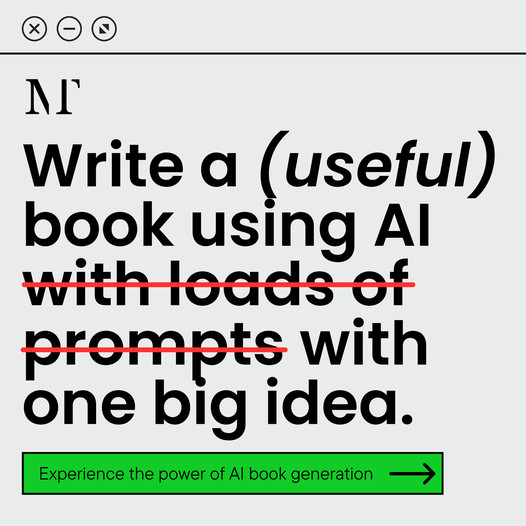
TLDR: The beginning of a story is crucial for capturing reader attention and setting the tone. This article outlines four key tips for writing impactful openings, including establishing conflict, getting in late, leaving early, and maintaining a focused cast of characters.
The beginning of a story is arguably the most important part. It is where you first capture your reader’s attention, set the tone for the narrative, and establish the hook that will keep them engaged. As a writer, I find great joy in crafting intros and those initial pages, but I also recognize the pressure that comes with them, especially when preparing for submission to literary agents or publishers.
In my experience as a writer, editor, and writing coach, I have encountered numerous opening pages. Through this exposure, I have developed several guiding techniques that can help make your story’s beginning not only effective but also impactful. These principles transcend genre and age group, making them universally applicable.
1. Establish Conflict Early
One of the most critical elements of a strong opening is the presence of conflict. Drawing from Jerome Stern’s book, Making Shapely Fiction, the idea is that there should be a pressing problem that compels your characters to take immediate action. This conflict should be significant in the eyes of your character and should resonate with the reader.
For instance, if a bear is at the front door, it is a clear and relatable problem. The reader can easily understand the urgency of the situation. Similarly, the conflict in your story should be apparent and pressing, allowing readers to grasp why it matters right from the start.
2. Get In Late, Leave Early
To maintain momentum in your story, it is essential to avoid lengthy introductions. While establishing the normal world is important, spending too much time on setup can dilute the impact of your opening. Instead, aim to start your story just before the conflict kicks off. This technique serves as a powerful hook and sets the tone for the narrative.
Additionally, when concluding a scene, consider finishing it earlier than you might instinctively think. By ending at a moment of high tension, you create an incentive for readers to continue. They do not need to know exactly what happens next; leaving some resolution implied can be more engaging.
3. Maintain a Focused Cast of Characters
Another common pitfall in story openings is introducing too many characters. A crowded cast can distract readers and dilute emotional investment. It is crucial to keep your character list concise, especially in the opening chapters. Focus on introducing only the core characters who will drive the narrative forward.
As the story progresses, you can gradually expand the cast, but initially, it is vital to establish who the major players are. This clarity helps readers know where to focus their attention and fosters a stronger connection with the characters.
4. Create a Sense of Closure
A technique I find rewarding is the concept of closing a circle within your chapters. This involves starting and ending a scene or chapter with a similar emotional beat or theme. For example, if a character reflects on a particular sentiment at the beginning, echoing that sentiment at the end can provide a sense of completion and deeper understanding.
 What Poetry Feels Like
What Poetry Feels LikeThis approach signals to readers that you can deliver on the thematic promises made in the opening. While the opening arc may differ from the overall story arc, establishing this pattern can enhance reader engagement and satisfaction.
Common Mistakes to Avoid
While implementing these techniques, be mindful of common mistakes that can undermine your opening:
- Lengthy Introductions: Avoid dragging out the beginning. Lengthy setups can lead to pacing issues throughout the story.
- Excessive Normal World: Spending too much time on backstory can indicate that you are not starting the story at the right moment. Focus on the conflict instead.
- Too Many Characters: Introducing a large cast can confuse readers. Keep the focus on the main characters to build emotional investment.
Conclusion
Crafting a compelling beginning is essential for any story. By establishing conflict early, getting in late and leaving early, maintaining a focused cast of characters, and creating a sense of closure, you can significantly enhance the impact of your opening pages. Remember, the goal is to engage your readers and draw them into the world you have created.
Feel free to share your thoughts or struggles with writing in the comments. I look forward to hearing about your experiences and what topics you would like to explore in the future.
This article has been created using the same AI that powers Galaxy.ai’s YouTube summarizer. You can copy it and easily use it on your website or blog.


 Grab my poetry book, 'we're all just wanderers in the end' Here
Grab my poetry book, 'we're all just wanderers in the end' Here AD: Your Book Finally Written...
AD: Your Book Finally Written...